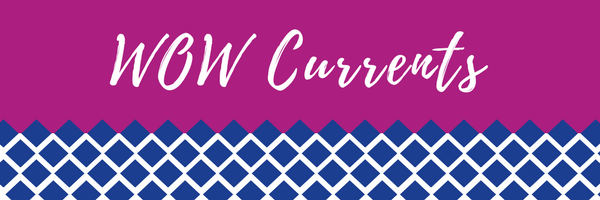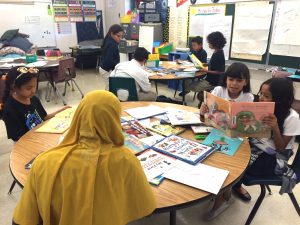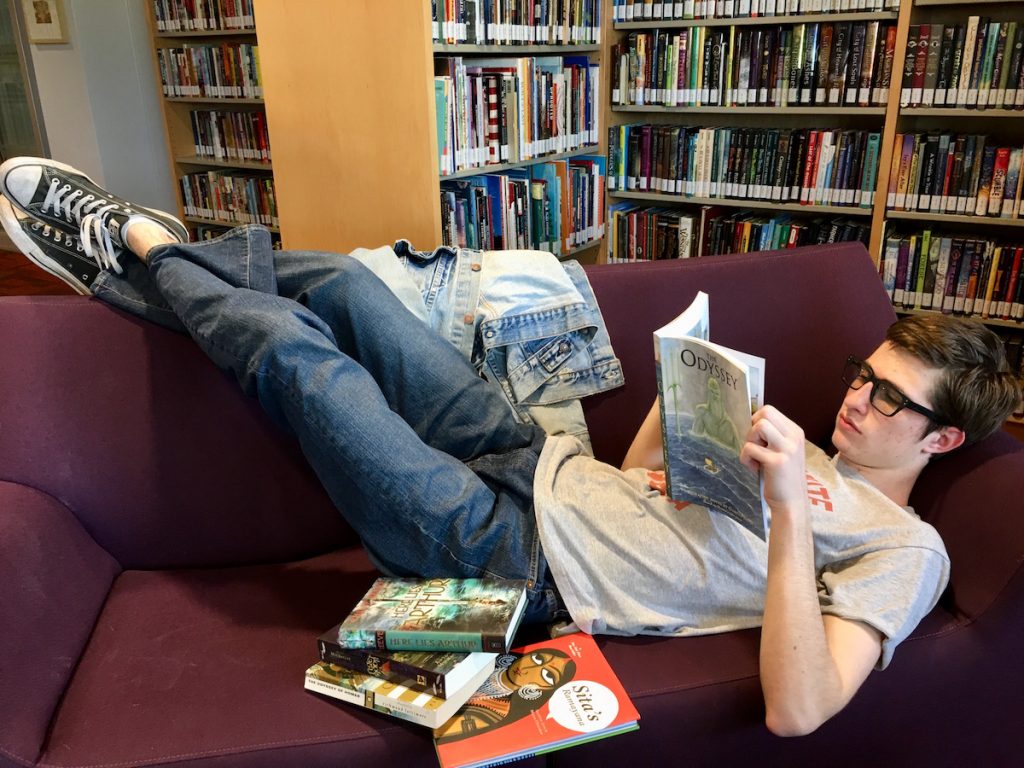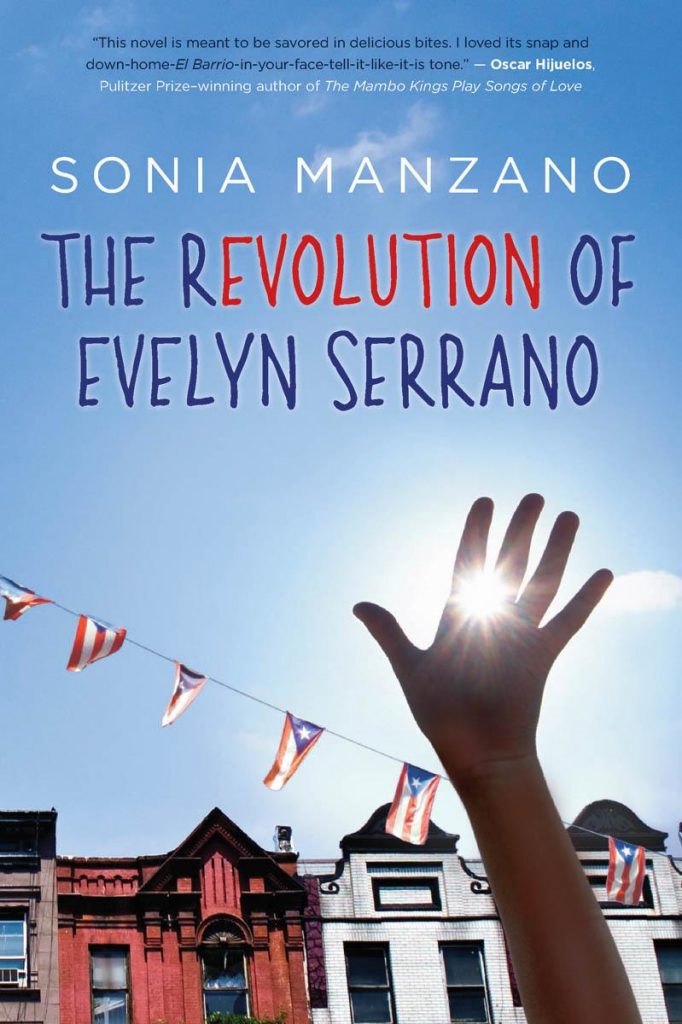By Yoo Kyung Sung, University of New Mexico and Junko Sakoi, Tucson Unified School District
In the last decade, Arizona consistently ranks among the top ten states with the number of refugee arrivals (Refugee Processing Center, 2018) with more than 15,400 refugees resettled in Arizona from 2012 through 2016. Accordingly, Tucson Unified School District (TUSD) received refugees since the late 1970s from the Southeast Asian countries, Russia, Iraq, Afghanistan, Cuba, Somalia and Sudan. Democratic Republic of the Congo and Burundi refugees have been the largest groups to arrive in Tucson in 2018 (Arizona Refugee Resettlement Program, 2018), in addition to fifty other countries with thirty-eight different languages. In the past five years, TUSD yearly enrollment has averaged around 900 refugee students across K-12 schools (Tucson Unified School District, 2018).








